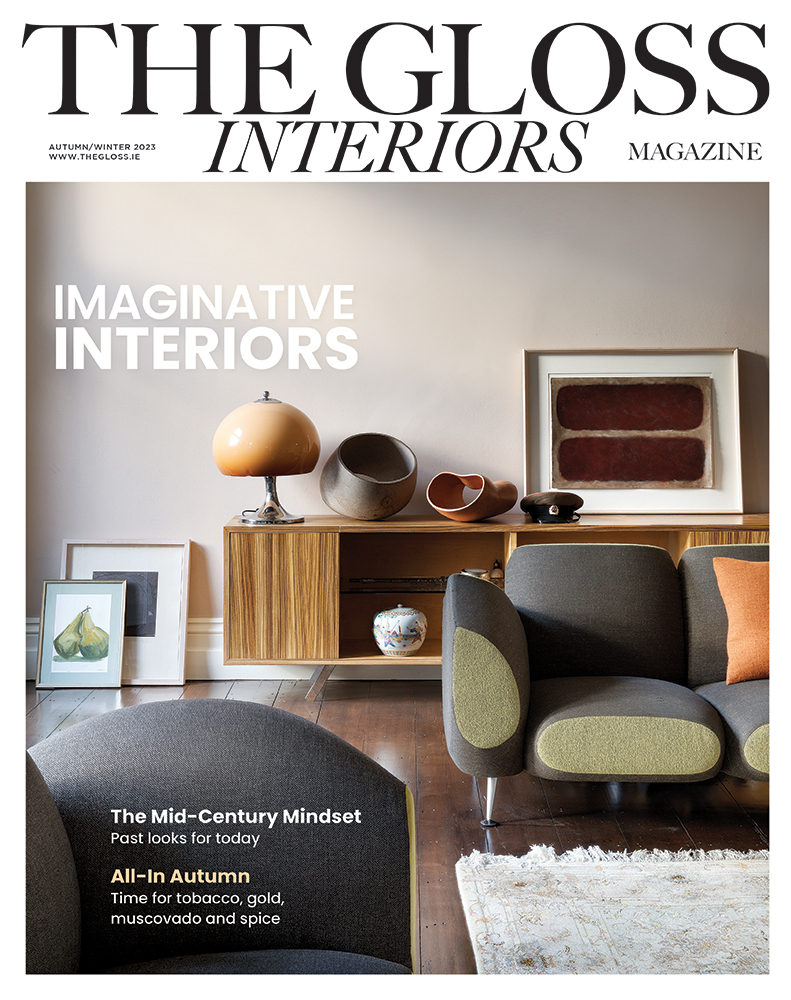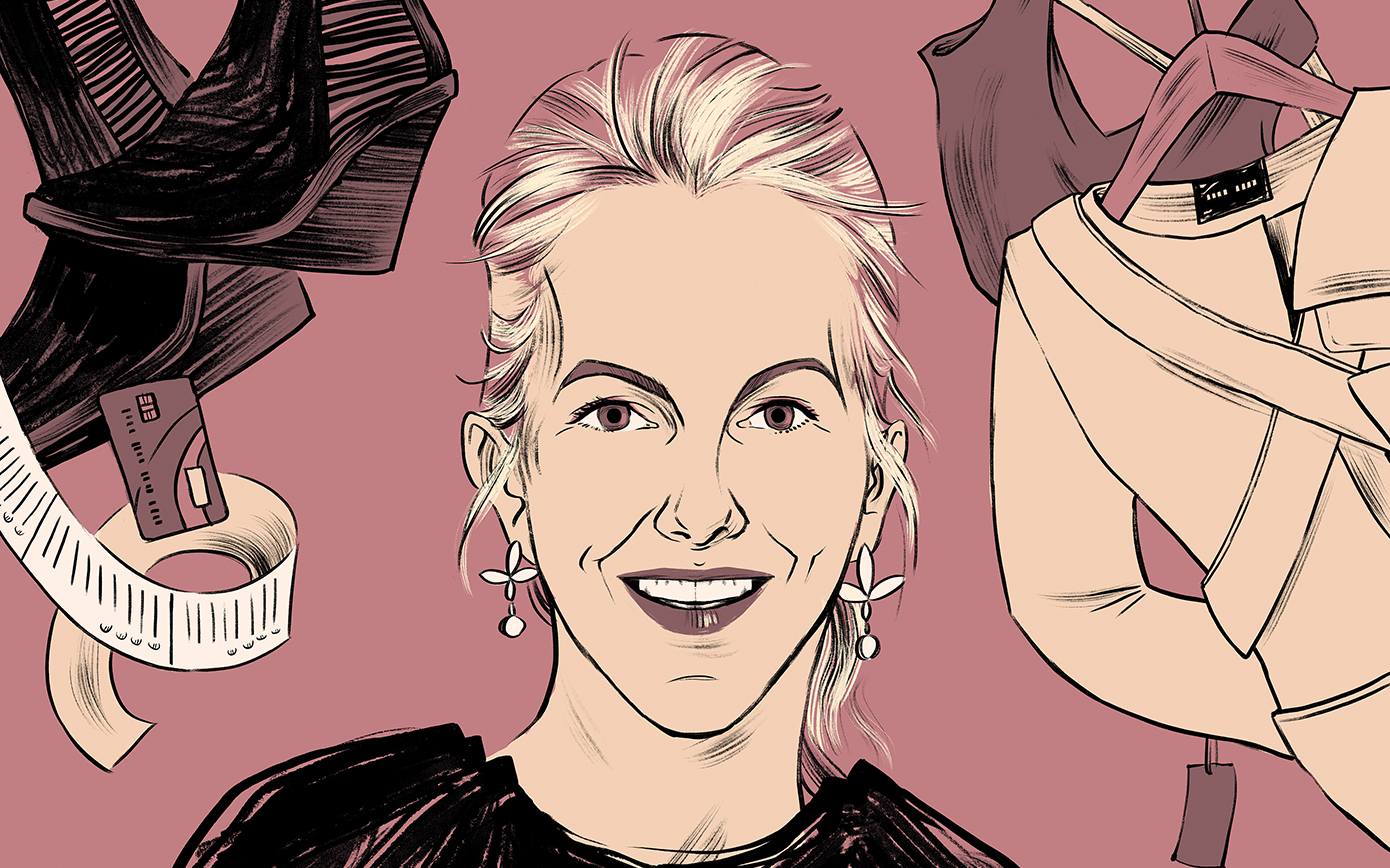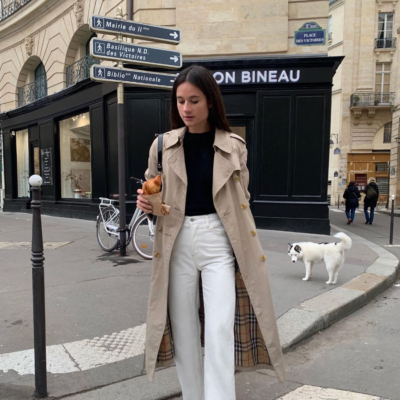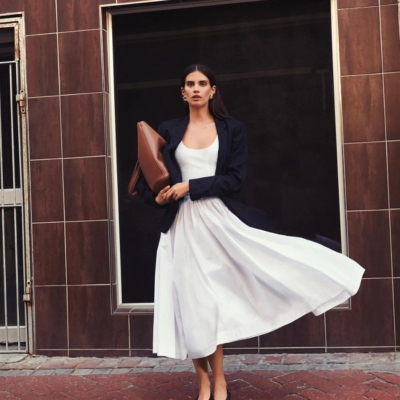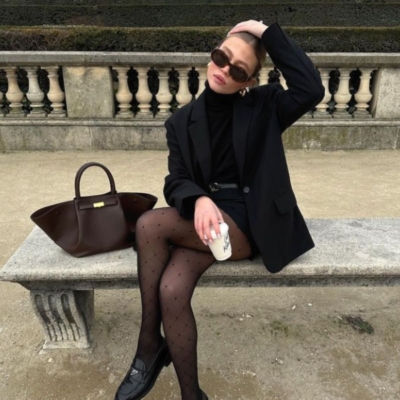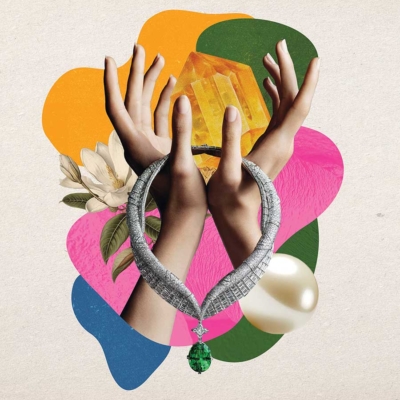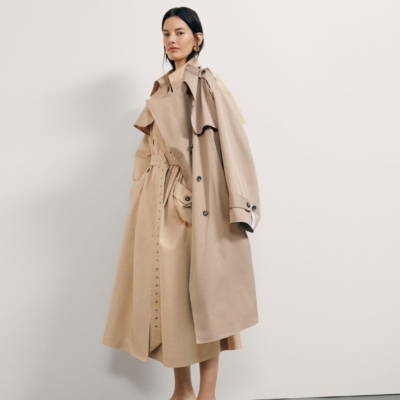Nikki Creedon introduced us to avant garde designers, a new way of dressing. Through tough times and loss, fashion kept her going
Grief and fashion may seem like strange bedfellows. But only to those who think fashion is for featherheads. The redoubtable Joan Didion, one of America’s toughest thinkers, saw no contradiction between between her recent incarnation as a chronicler of grief and signing up as the face of Céline. Nikki Creedon knows that relationship very well too. “Fashion saved me,” she says simply.
In June 2014 she looked into the abyss as her son Sam, aged 21, lost his long battle with brain cancer. The random cruelty of it is still visceral. But when she says “I’m back,” she means she is now on the safe side of the slough of despair. She is back in the world.
There was another journey back of course: the road back from recession, which, as owner of, Havana, Ireland’s edgiest fashion destination, was as hard on her as it was on every retailer in Ireland. Unlike many, she rode it out. A parallel may be found in her choice of lunch venue. Angelina’s at Percy Place in Ballsbridge is part of Paddy McKillen Jnr’s upscale apartment block complex, the record sale of which is a triumph of aesthetics as well as a sign of the economic clawback.
A sense of aesthetics was her defining characteristic. The first to spot the market for conceptual fashion for women who wanted to use their clothes, not just to show elegance or status, but as a means of expressing themselves as individuals, she opened with the new wave of Japanese designers, Yohji Yamamoto and Comme des Garçons. “It was a big risk,” she says. She bought the avant gardes – Belgian, English and Irish – always staying on the right side of mainstream. She knew her customer well and long before “personal shopping,” she bought with individual women in mind. Imagine then, her shock when seven years ago, “Really good customers just vanished. Some are coming back now, but buying differently. It’s all about wearability.”
Her aesthetic was honed at a surprising school. She had a comfortable Killiney childhood. “But I had a very unusual father. One summer, he rented a whole island on the Shannon. He got a dispensation from the bishop allowing us to skip Mass and then he set all seven of us projects. Projects about nature and society.” He was a solicitor and an inveterate traveller. “He went to Japan a lot with my mother.” No mystery about Creedon’s affinity with the purity of Japanese design then. Like many a flamboyant father, he was traditional where his daughters were concerned. “Motherhood was the great thing for girls.” Despite a good Leaving Cert, Creedon went to London for a twelve-month Cordon Bleu course.
“Really good customers just vanished. Some are coming back now, but buying differently. It’s all about wearability.”
The training wasn’t wasted and over the last two tragic years cooking became one of her coping strategies. She doesn’t strike me as a foodie, although having ordered a disciplined chicken salad, she eyes with interest my roast salmon on aromatic puy lentils. Mallards on the canal outside the window eye it up too and I realise that we are only yards from Patrick Kavanagh’s “Canal Bank” seat, bearing his tranquil intimation of mortality: “Commemorate me where there is water.” Creedon can now recollect her father’s death with tranquillity. “It was the night my daughter was born. He was only 67. I had a great miracle and a great tragedy at the same moment.” It is not hard to see how this complicated grief led to her becoming a risk-taker, preferring the company of risk-takers.
It was to be six years before she opened Havana. Realising she didn’t want to be a chef, “I was in New York cooking lunch for company directors when I got a call saying Paul Costelloe needed somebody for his Drury Street shop,” she came home to a career in fashion, mostly at the Irish Design Centre. “But I wanted a different kind of fashion. I also thought, God help me, with my own business, I would have more time for the kids.” Havana quickly became a destination for the cognoscenti and earned Creedon a reputation as Ireland’s most eclectic buyer. “My mind has not changed. The challenge is to keep the shop interesting. John Rocha has retired and Yohji Yamamoto receded in the recession. We now have Junya Watanabe, Simone Rocha, Paskal and Jonathan Saunders.”
Two years ago, a grand celebration of 20 years in business approached. But it was not to be. “Sam was diagnosed with a benign brain tumour when he was twelve. Four years later, it wasn’t benign. He had eight operations. The doctors would say ‘do you want to see your scans’ but he would be out the door with his pals. That was what he wanted.”
Sam died in June 2014. “After Sam’s death, I just wanted to run away to the Blaskets but I got up and put on my make-up and went to work. I was sure the business wouldn’t survive, but people were so good.” She sought brief refuge with the monks of Glenstal. Father Christopher, former Abbot, said “You are worrying about Sam. He is absolutely fine. It is you who is not fine.” Death brings new perspectives. “I now see how taking care of him was a great privilege. And now I love graveyards.” And now, once more, she loves scouring the world for the clothes that will stir the blood of the sartorially savvy. “Because fashion gets you up in the morning.”
Illustration by Lauren O’Neill
LOVETHEGLOSS.IE?
Sign up to our MAILING LIST now for a roundup of the latest fashion, beauty, interiors and entertaining news from THE GLOSS MAGAZINE’s daily dispatches.

